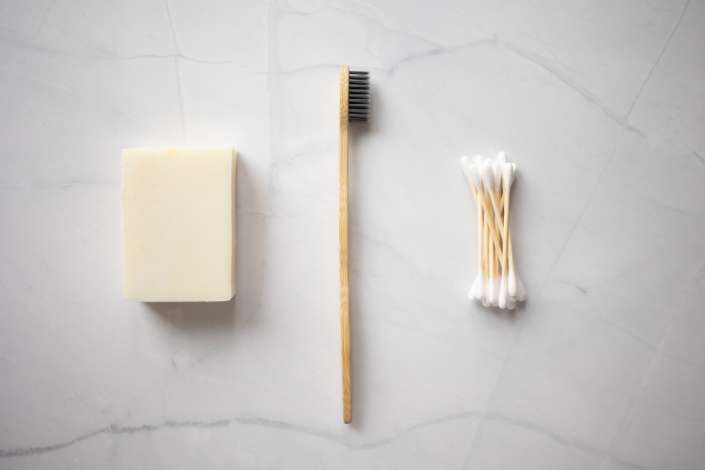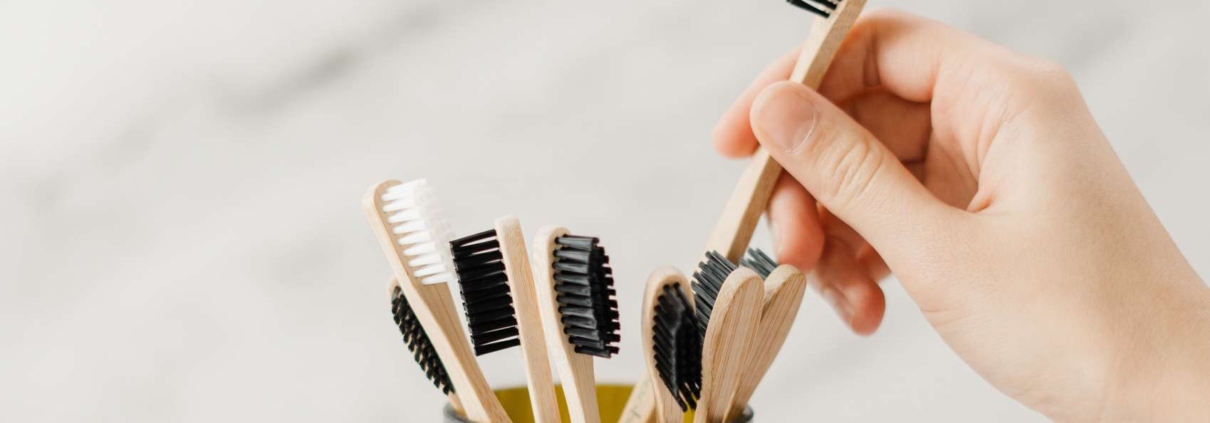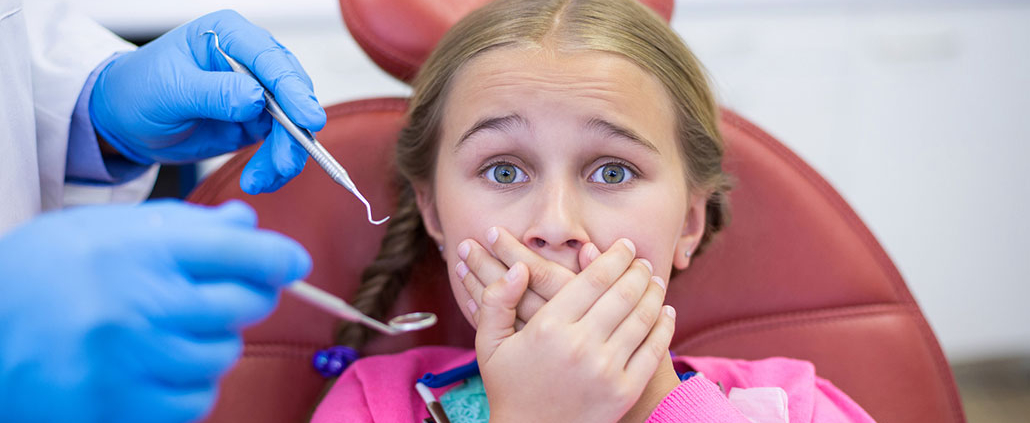How Often Should You Replace Your Toothbrush?
The CDA (Canadian Dental Association) recommends that you replace your toothbrush (or toothbrush head, when using an electric toothbrush) every three to four months for optimal usage, as long as you use it at least twice daily. Over time, as toothbrushes go through normal wear and tear, they become less effective with removing plaque from your teeth and gums. Every time you use your toothbrush, the nylon bristles are exposed to water and chemicals from your toothpaste. This makes the bristles a little weaker with each use. The bristles bend and twist into a new shape, which is known as “bristle flaring.” [1] In fact, a 2013 study [2] showed that after just 40 days of consistent use, bristle flaring starts to make your toothbrush less effective. Study participants who didn’t replace their toothbrushes on day 40 of use experienced considerably more plaque buildup, and at least two earlier studies on worn toothbrush heads confirmed that older toothbrushes are much less efficient at removing plaque, which is a major contributor to gum disease and tooth decay. Studies have found that around 3 months is when the bristles break down and lose effectiveness. [3]
One of the reasons for this is because germs can hide and build up in toothbrush bristles, which also makes it important that you replace your toothbrush after you’ve had a cold, particularly an upper respiratory sickness or strep throat, or you can risk possible reinfection. If you keep your toothbrush in your bathroom, it’s a good idea to have a cap or cover or your brush as toothbrushes can become contaminated with fecal matter. Another good idea is to keep your brush in the bathroom cupboard so it is safe from contamination.

The Canadian Dental Association also recommends that you rinse your toothbrush under warm tap water after brushing your teeth to wash away lingering saliva and toothpaste. They also recommend to store the toothbrush in an upright position, as this will help the bristles air dry between uses. For this reason, it’s also important to use a toothbrush cover when traveling to protect it and reduce the spread of germs.
If you can’t remember how long it’s been since you’ve replaced your toothbrush or toothbrush head, take a look at the bristles. Are they frayed? Do they fan out? Do they look worn? If you see dark colors or green specks on the bristles, this could also be a sign of mold growing on your brush, which definitely means it should be replaced right away.
Writing in your calendar or making a note in your phone is a great way to keep track of when you last replaced your toothbrush and when you’re due for a new one. Being diligent about replacing your brush or brush head every 3-4 months can potentially save you time, money, and work that needs to go towards dental work in the future.
Book an appointment with Simpli Dental today to discuss your toothbrush concerns with a knowledgeable Simpli dentist!
Citations:
[1] Healthline – How Long Does a Toothbrush Last and When Should I Replace It?
[3] Taunton Dental Village – How Often To Replace Your Toothbrush (Backed By Science)




